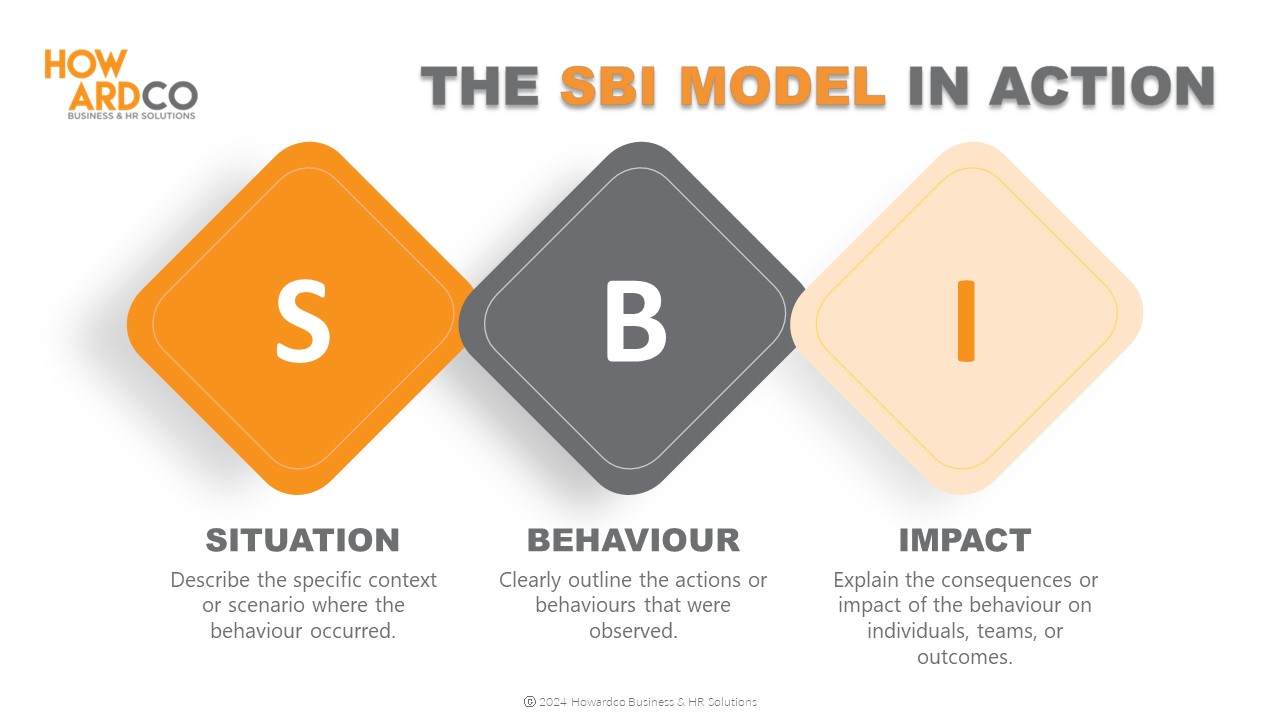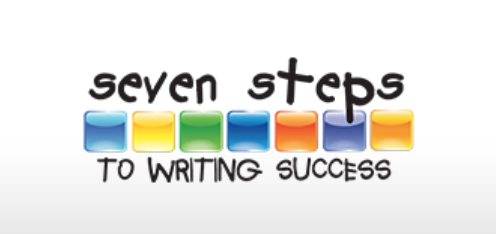Tailoring Feedback: Connecting Better with Your Team
WHAT IS FEEDBACK
Feedback is around us! We receive it not just from people, but also from living things and objects. For example, when you show a dog a leash, its excited barking or wagging tail is feedback. Similarly, when you are in your car you rely on feedback from your GPS to let you know if you are heading in the right direction.
Feedback in the workplace is information or constructive criticism intended to improve performance, products, or efforts. As such, businesses use customer feedback to enhance their offerings, and individuals rely on feedback from supervisors to improve their work.
WHY IS FEEDBACK IMPORTANT?
Keep in mind that feedback isn’t just a static exchange; it drives improvement and growth in all areas of life – whether in the workplace, personal relationships, or creative endeavours.
Let’s explore some of the many positive impacts of feedback at work:
- Employee Retention: Regular feedback reduces turnover by 14.9%, fostering a stable and engaged workforce.
- Gen Z Preference: 73% of Gen Z values regular feedback for job satisfaction, reflecting its importance for younger generations.
- Innovation Catalyst: Companies acting on feedback innovate more successfully, staying ahead in competitive markets.
- Transparency Fosters Trust: Transparency in communication and feedback correlates with a 63% increase in employees recommending their workplace, cultivating trust and loyalty.
- Motivation Booster: Feedback via recognition motivates 37% of employees more than promotions or pay raises, underscoring feedback’s role in fostering motivation and productivity.
In short, embracing positive comments, constructive criticism, and leveraging insights for improvement are essential steps toward unlocking your people’s full potential and achieving remarkable results at work.
Missed the Webinar? Access the Replay + A Feedback Checklist!
(function(a,b){var c=a.keapForms||{SNIPPET_VERSION:”1.1.0″,appId:”vxx472″},d=b.createElement(“script”);d.type=”text/javascript”,d.crossOrigin=”anonymous”,d.defer=!0,d.src=”https://forms.keap.app/lib/public-form-embed.js?appId=vxx472&version=1.1.0″,d.onload=function(){var b=a.keapForms;b.renderAllForms?!b.invoked&&(b.invoked=!0,b.renderAllForms()):console.error(“[Keap Forms] Error: could not load”)};var e=b.getElementsByTagName(“script”)[0];e.parentNode.insertBefore(d,e),a.keapForms=c})(window,document);
WHAT MAKES FEEDBACK CHALLENGING?
Feedback, although essential, can be challenging to both give and receive. Here are some reasons why:
- Lack of Clarity: Many organisations lack a shared understanding of feedback’s importance, leading to inconsistency and misunderstandings.
- Fear of the Unknown: Concerns about consequences prevent conversations from starting. Managers may water down feedback to avoid difficult discussions, resulting in unclear messaging. Employees may avoid seeking feedback due to worries about what others might think.
- Time Crunch: Managers face overwhelming daily demands, causing real-time feedback opportunities to be missed. Feedback becomes an additional task that often gets deprioritised during busy periods.
Navigating these barriers requires awareness, empathy, and effective communication strategies.
HOW TO DELIVER FEEDBACK EFFECTIVELY?
Delivering feedback effectively requires finesse and skill. Here are some strategies to help you master this important skill:
- Acknowledge the Challenge: Giving feedback isn’t easy and may not always feel natural. Accepting this reality can help ease some of the pressure.
- Be Specific: Break down your feedback into manageable, bite-sized pieces. Clear, specific feedback is more actionable and less overwhelming.
- Focus on Behaviour: When giving feedback, focus on observable behaviours rather than making judgements about a person’s personality. This keeps the conversation objective and constructive.
- Do More Asking than Telling: Encourage dialogue by asking open-ended questions. This allows the recipient to share their perspective and fosters a collaborative environment.
- Provide Positive Recognition: Don’t forget to acknowledge positive behaviour and achievements. Positive reinforcement can motivate and inspire continued growth.
- Use Feedback Models: Consider using structured feedback models like the SBI (Situation-Behaviour-Impact) method to organise your feedback and make it more impactful.

By implementing these strategies, you can deliver feedback that is clear, constructive, and conducive to growth and development.
4 STRATEGIES FOR RECEIVING FEEDBACK POSITIVELY
Receiving feedback positively is a skill that can be developed over time with practice and reflection. Here’s how you can start.
Actively Listen and Seek Clarification
One of the most important aspects of receiving feedback is active listening. Pay close attention to the feedback being provided, and seek clarification if needed. Paraphrase what you’ve heard to ensure understanding and show that you value the input.
Keep Your Emotions in Check and Focus on the Message
Feedback can sometimes trigger emotional responses, but it’s essential to keep those emotions in check. Instead of reacting defensively, focus on the message being conveyed. Separate the feedback from your personal feelings and approach it with an open mind.
Look for Patterns
Feedback often reveals patterns or recurring themes in your behaviour or performance. Pay attention to these patterns, as they can provide valuable insights into areas where you can improve. Identifying common feedback themes allows you to address underlying issues more effectively.
End with Gratitude
Regardless of the nature of the feedback, always end the conversation with gratitude. Thank the individual for taking the time to provide feedback, acknowledging their efforts to help you grow and develop. Expressing gratitude fosters a positive relationship and encourages future feedback exchanges.
PEOPLE LIKE TO GIVE AND RECEIVE FEEDBACK DIFFERENTLY
Understanding the diverse communication styles of individuals plays a pivotal role. This is where tool, such as DiSC® profiling comes into play, offering invaluable insights into the nuances of human behaviour and interaction.
DiSC® assessments categorise individuals into four primary behavioural styles: Dominance (D), Influence (I), Steadiness (S), and Conscientiousness (C). Each style represents distinct preferences in communication, decision-making, and problem-solving, offering a comprehensive framework for understanding human behaviour.
To know how you can effectively tailor your feedback for each style and ensure clarity and impact in the way you communicate, you can familiarise yourself with your colleagues’ personality types or DiSC® styles.
Ready to maximise feedback within your team? Reach out to us at Howardco to learn more about how working with DiSC® can benefit your organisation.
HOWARDCO READING RECOMMENDATIONS



















